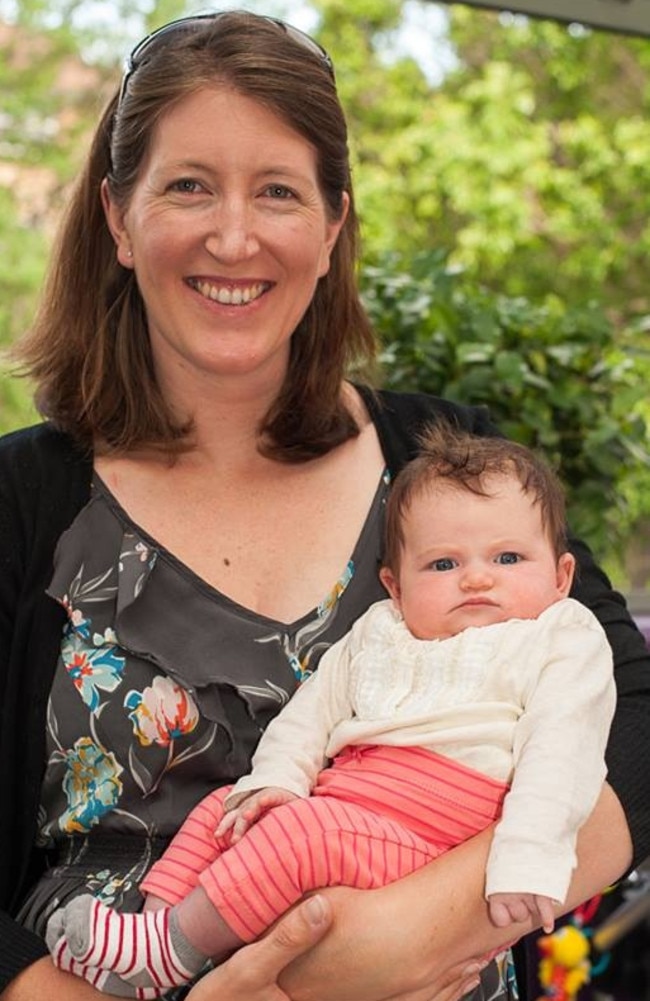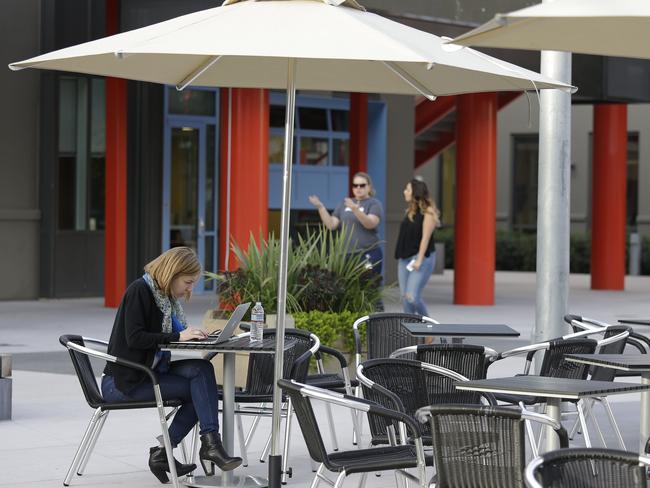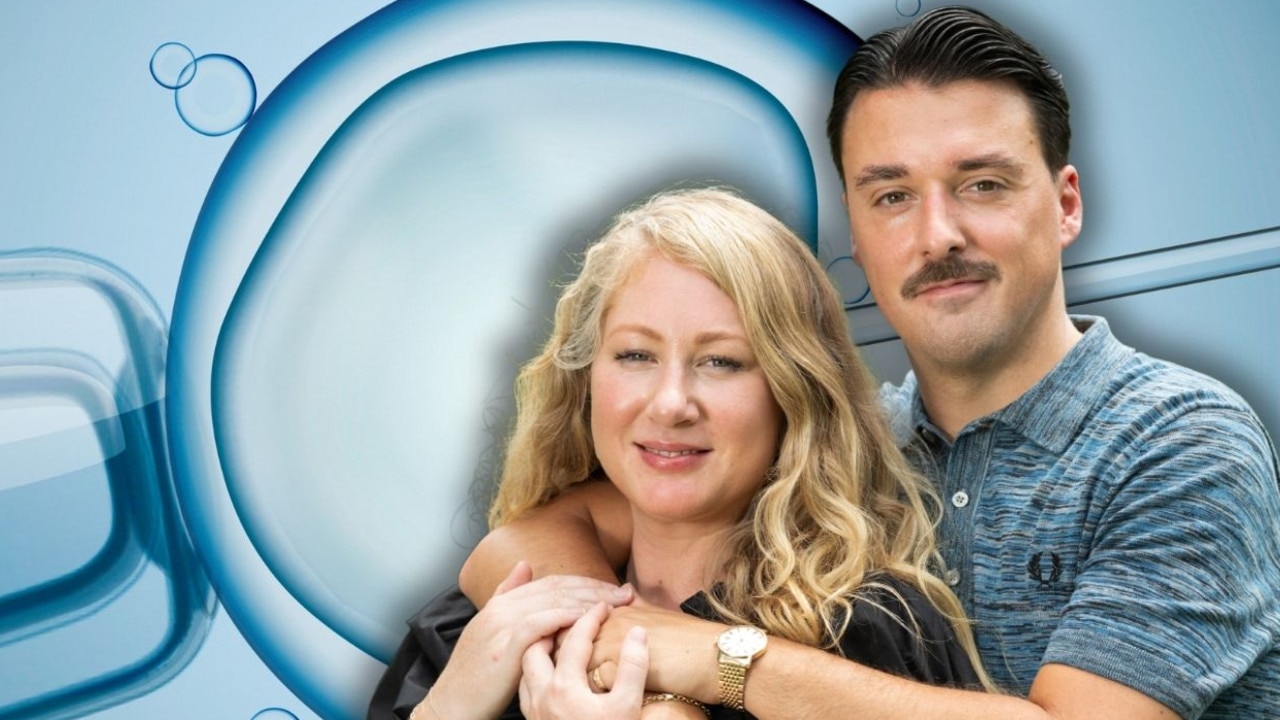Mothers can get what they want when they return to work
THE situation this woman faced at work is not unique. But she managed to get what she wanted. Here’s how she did it.
Parenting
Don't miss out on the headlines from Parenting. Followed categories will be added to My News.
LIKE many mums Sarah Collison didn’t like the work she was offered after having a baby. But she was able to negotiate a better deal and believes other mums can too.
The former occupational therapist said she felt lucky that her employer kept her job open when she fell pregnant in 2011 as she was new and not entitled to maternity leave.
But a year later when she was ready to return to work, she didn’t want to return full-time and the only part-time roles the company could offer her sounded less than fulfilling.
Rather than accepting what was offered, the Sydney mum looked at job ads and decided to apply for positions even if they were advertised as full-time roles.
“I applied for roles, even the full time ones and asked whether I could do them part-time,” Ms Collison said.
“I also went back and contacted former employers ... because if you have proved already that you are a good employee it’s easier to go back to work in a part-time role.”
Ms Collison said the strategy worked and she was able to find a part-time role with a former employer, even though they originally wanted a full-time person.

She proved that the strategy was not just a fluke, after she got pregnant for the second time.
“Again I was not entitled to maternity leave and I was expected to go back to work after six months ... but I realised that travelling into the city and doing child care drop offs would be difficult so I decided to look again and I found another part time job closer to home.”
Ms Collison is now in a managerial role and said women looking to re-enter the workforce should consider other roles, learn new skills or retrain. They should also try to help employers find solutions.
“There’s so much negativity, and I know I’ve been quite lucky but mothers should be looking at other options outside of what they would normally look at,” she said.
Ms Collison acknowledges that it may be more difficult for those working in the private sector. She has heard of mothers being handed redundancy letters on their first day of work after maternity leave, without being given the opportunity to provide a solution.
But solutions could sometimes be found. For example, one mother who was a teacher identified another mum willing to work part-time and convinced the principal to let them job share.
“Mums need to get more savvy ... it needs to be from both sides but employers also need to be more supportive and accommodating,” Ms Collison said.
The benefits of employing mothers should be promoted, she said, and some kind of incentive program would be beneficial, such as allowing women to gradually return to work, which could involve working part-time after six months, and slowly building up to full-time.
She said she definitely supported the Australian Council of Trade Unions (ACTU) lodging a claim with the Fair Work Commission for family friendly hours.

At the moment employees are only guaranteed the position and hours they worked before they took maternity leave. If they want to go from full-time to part-time, they can request to do this but employers are not obliged to agree to this.
The ACTU is asking that employers “genuinely consider alternative work arrangements” when requested, which puts the responsibility on employers to show why they can’t accommodate part-time or reduced hours.
Ms Collison also supported the federal government’s shift in focus away from Tony Abbott’s generous paid parental leave scheme, towards instead finding ways to improve child care.
“What Tony Abbott proposed was fantastic ... but it didn’t do a lot to help women get back in the workforce,” Ms Collison said.
“I think child care is a really big issue, our first daughter has been on a waiting list for three and a half years, luckily we found another centre close by but it’s expensive.”
She would also like to see day care treated as more than just a babysitting service and merged into the education system.
ACTU president Ged Kearney said that providing family friendly hours would increase women’s participation in the workplace, help end pregnancy discrimination and boost economic growth.
If women’s participation in the workforce was increased by six per cent from current levels, it could increase Australia’s gross domestic product by as much as $25 billion, according to a G20 report by the OECD, ILO, IMF and World Bank.
“Having more women in paid employment increases government revenue through income tax, increases economic demand through higher household wealth and spending, and improves economic independence for women with less reliance on welfare,” Ms Kearney said.
Originally published as Mothers can get what they want when they return to work



